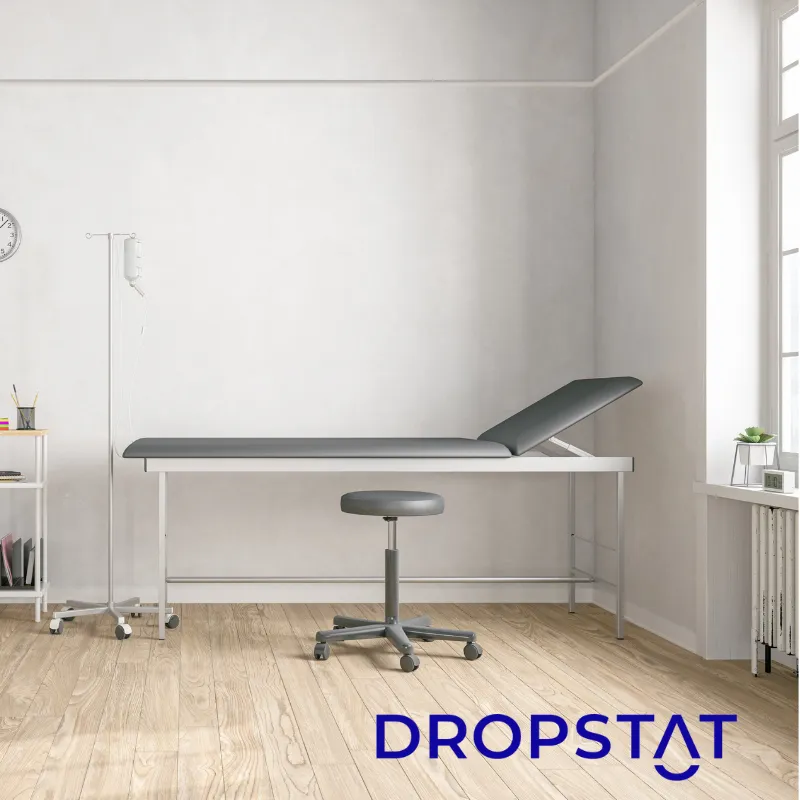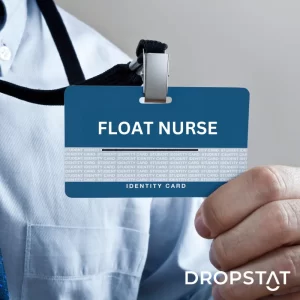What is no call no show in nursing?
No call no show in nursing is when nursing staff do not give prior notice to their shift manager that they cannot make it for their scheduled shift and actually do not come in for their shift. This is also known as NCNS (NCNS meaning no call no show). Legally, the definition is employee absenteeism from scheduled work and not calling or showing up for work.
A no call no show at work means the rest of the nursing shift have to cover for the missing nurse. Depending on the nursing care models each department of the healthcare facility uses, no call no shows affect other staff and patients in different ways. Healthcare occupations statistically have the highest rate of employee absences.
What is a no call no show employee worth? They might be a financial burden. Research shows that 47% of overtime expenses come from staff covering for colleagues’ absences.
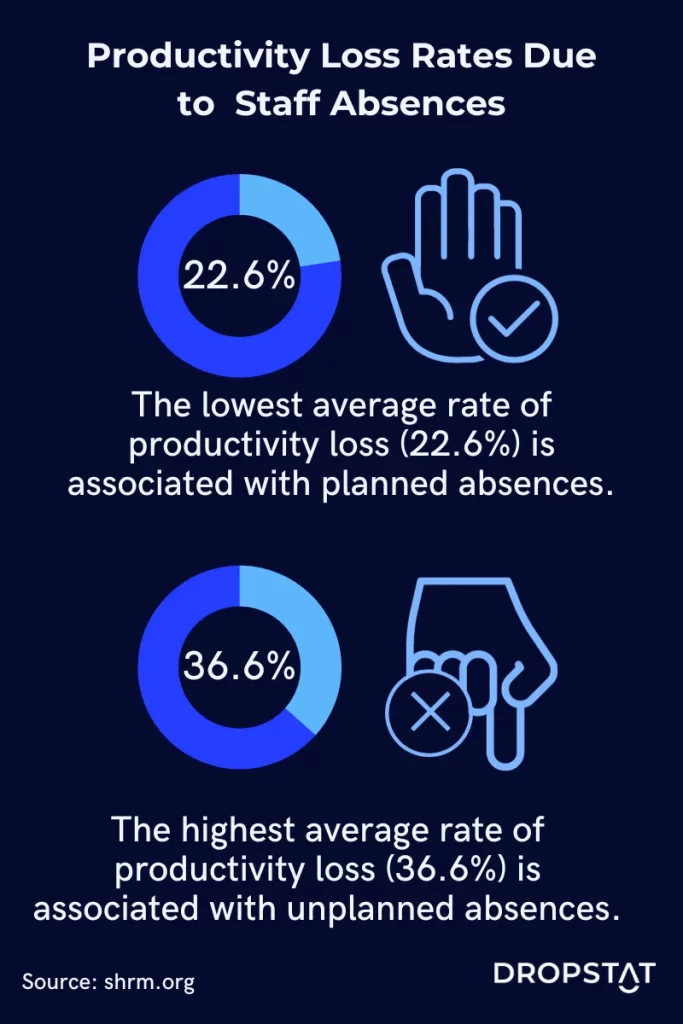
What are the dangers of no call no show in nursing?
The dangers of a no-call no-show in nursing include:
- Development of a toxic work environment because other workers feel frustrated as they are forced to cover for the missing nurse.
- Unavoidable overtime for colleagues, with all the problems associated with overtime, including exhaustion, depression, and burnout for nurses.
- Resources are used up for hiring expensive agency staff or paying for overtime, causing financial strain that potentially risks patients’ lives.
- Medical errors by substitute staff are common, which is hazardous for patients.
- Patients receive less attention because there are fewer nurses, and staff are under stress.
- Missed doses of medication and essential care for patients due to understaffing.
- Burnout for shift manager while trying to overcome staff irresponsibility.
- Reduced morale among the entire nursing staff
- Nurses may end up leaving the nursing profession as their professional reputation is damaged, resulting in further shortages.
What effect does no call no show have on productivity? Research indicates a productivity loss of 36.6% due to unscheduled absences. That number could be critical to patient well-being.
Why is it important to have a no call no show policy?
A no-call no-show policy:
- Facilitates collaboration and communication between nurses and their seniors.
- Defines legitimate reasons that excuse an employee from informing of an absence.
- States how many employee fails will be tolerated before terminating an employee.
- Makes it easier to implement the policy as everyone is on the same page.
- Motivates employees to show up at work or let shift managers know when and why they can’t come to work. It helps with human resource management and the smooth running of employee scheduling.
- Limits expense losses caused by absent employees. A healthcare facility is only efficient if it has all the necessary resources. If an employee steals hospital beds, we would stop them immediately. The same applies to employee time theft or causing a healthcare facility financial loss via an unplanned absence.
Many employers use a no call no show policy template as a guide for their policy.
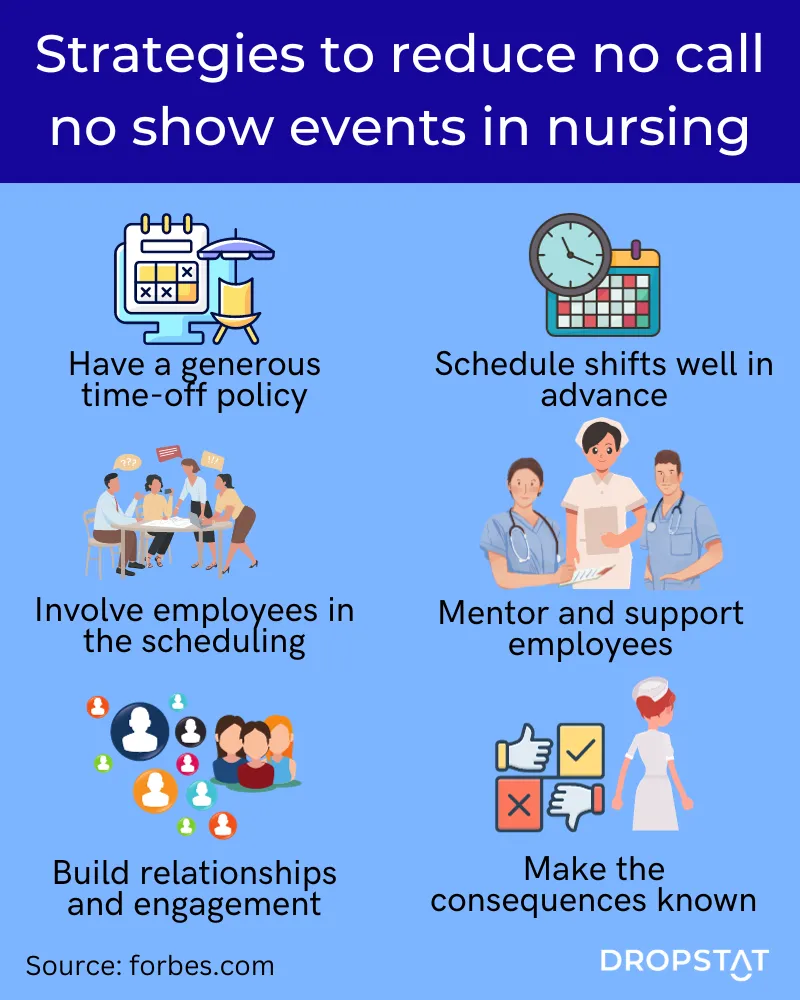
7 strategies to prevent no call no show at work
1. Address the core of the problem.
Unauthorized absences often occur when there are poor relationships between nurses and their peers or nurses and their seniors. Ensure there is a pleasant atmosphere during each nursing shift. Allow nurses to report their well-being – anonymously if they wish – at the end of a shift. This way, shift managers can spot problems and deal with them before they develop into a no call no show at work.
2. Develop a strategy to improve attendance.
Institute an attendance policy, rewarding nurses’ full attendance or punctuality with an end-of-year bonus or gift.
3. Improve the scheduling process.
Use a top-of-the-line scheduling app such as Dropstat. Dropstat allows you to schedule nurses up to two months in advance. Statistics show that scheduling in advance reduces staff absences. If possible, offer flexible work hours or alternative shifts – facilitated by a scheduling app – to reduce the average 40% of unplanned absences due to personal reasons.
4. Boost nurse engagement.
Introduce policies and values to encourage open communication and feedback. Make all employees feel welcome and valued. Perform team-building activities. Provide opportunities and financial backing for nurses to develop their careers. Employee engagement is one of the most effective ways to reduce nurse absenteeism.
5. Keep on top of remote worker attendance.
Every healthcare facility has local nursing staff and some members of nursing staff who work off-site. Encourage total attendance for remote workers with an accurate, easy-to-use clock-in system. Train staff in using the system so there is no excuse for poor clocking-in-out habits.
6. Facilitate communication for nurses, the shift manager and scheduler.
Share the point person’s contact details regularly, and check you have accurate staff contact details. Encourage an open-door communication policy so your nursing staff are willing and ready to communicate with their nurse managers.
7. Keep track of employee attendance.
Companies that use attendance tracking software have seen a drop in staff absences of up to 39%. Tracking requires checking the historical attendance of employees regularly, doing spot checks in real-time, and communicating with shift managers to request attendance reports. Use an app to flag profiles of employees who violate the no call no show policy.
Flag shifts that consistently show understaffing patterns and look into why this is happening. If the night shift is continuously understaffed, offering shift differential pay may help resolve the issue. Deep problem-solving techniques may be needed if employees consistently take off right before holidays or weekends. Analyze patterns in employee absences so you can set up a backup plan for each potential absent employee.
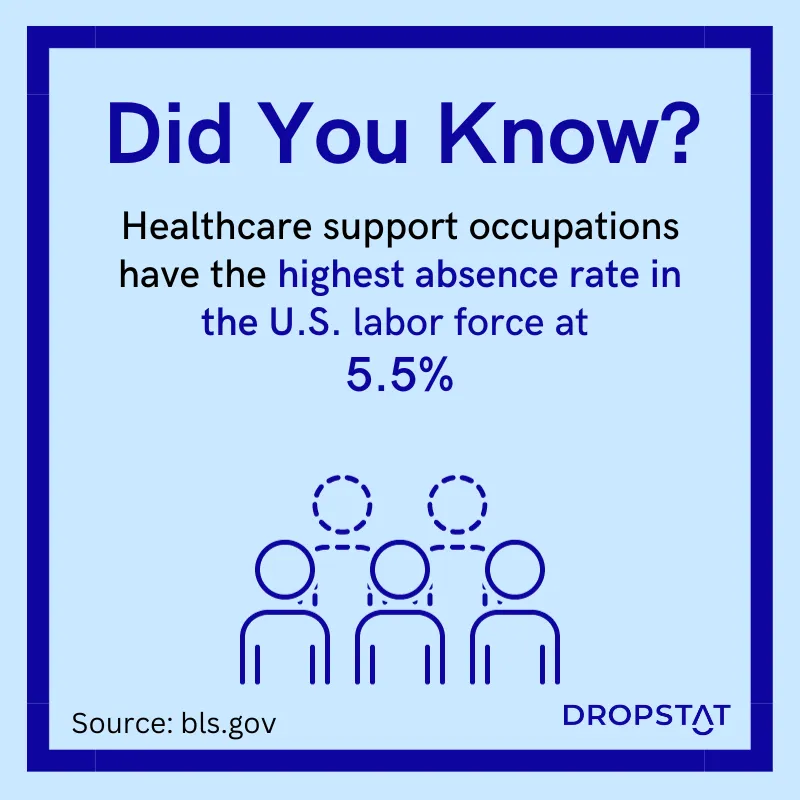
How to implement a no show policy
Setting up a no call no show policy is complex. It must consider the viewpoint of the healthcare facility, the employee and their unions, and federal laws. The Americans with Disabilities Act (ADA) protects people who live with disabilities; the Family Medical Leave Act (FMLA) protects people with family responsibilities; the Fair Labor Standards Act (FLSA), and various national and state paid-sick-leave laws all protect the employee and limit actions that employers can take.
Implement these points:
- Set up an attendance tracking system and make sure all employees use it.
- Under legal counsel, draft a fair and equitable no call no show policy.
- Ensure all employees understand the attendance rules and the no call no show policy and the ramifications that could affect them if they violate the company policy. Clarify which actions constitute job abandonment.
- Draft a written warning for no call no show events. When you have to use it, you will not have to write it under emotional or time-related pressure.
- Delineate excluded events, such as a medical emergency, a car accident, or the death of a family member, that lie outside of the requirements of the no call no show policy.
- Communicate the policy to all members of the healthcare facility and request acknowledgment of the communication (such as a signature or a read-receipt)
- Prepare in advance wording and points to cover when talking to an employee about excessive absenteeism.
- Implement the policy across the healthcare facility to all nurses and other employees fairly and evenly.
Stakeholders involved in implementing a no call no show policy
While the result of no call and no show events might be terminating an employee for excessive absenteeism, that is not ideal. Recruiting and training new staff is expensive and resource-consuming. Several stakeholders are involved in handling employee fails. Each one has a role to play:
- Healthcare facility CEO/manager – Top-level management measures the financial loss of no-call events, such as the cost of overtime pay for nurses to cover absences of staff and the cost of replacing a nurse.
- HR department – Your point person at the HR department holds information about whether a nurse has permission to be absent under the ADA, for example.
- Shift managers – They see daily nurse attendance. You can expect them to review nurse attendance regularly.
How Dropstat can help implement a strategy to reduce no call no show among employees
Dropstat is an AI-powered scheduling app. Dropstat enables healthcare facilities to move away from manual attendance tracking and nurse-shift scheduling. As technology advances, healthcare facilities can benefit from having a digital app for managing the scheduling process. Dropstat allows the scheduling of shifts up to 2 months in advance, which increases shift accountability for nurses and healthcare staff. Nurses see when they must show up for work, and if they cannot make their shift, they can quickly and easily contact their manager and, that way, avoid a no call no show.
Real-time attendance tracking is another powerful advantage of using scheduling software. The shift manager can see in real-time who has clocked in or not. The shift manager and scheduler can see if a shift is HPPD compliant at any time and whether all nurses are on board. Employee attendance becomes transparent, which adds accountability for all nurses and healthcare staff.
Schedule a demo to learn more about Dropstat’s scheduling app and reduce no-call no-shows in your healthcare facility.


